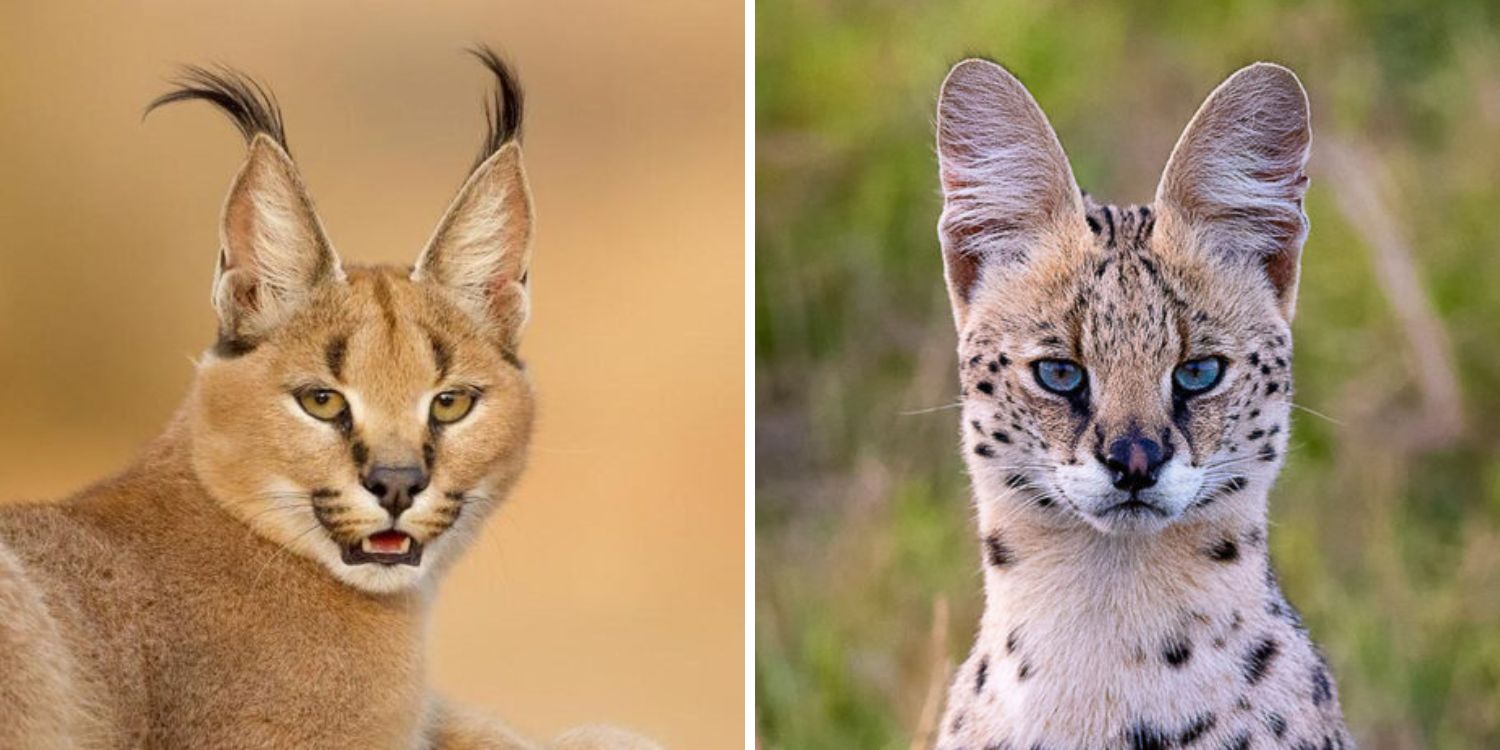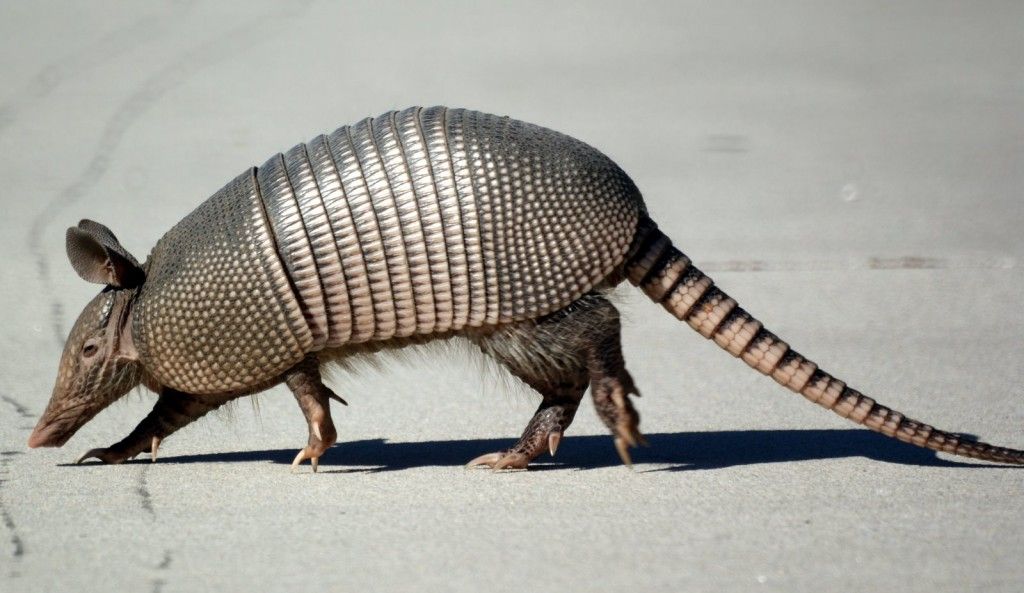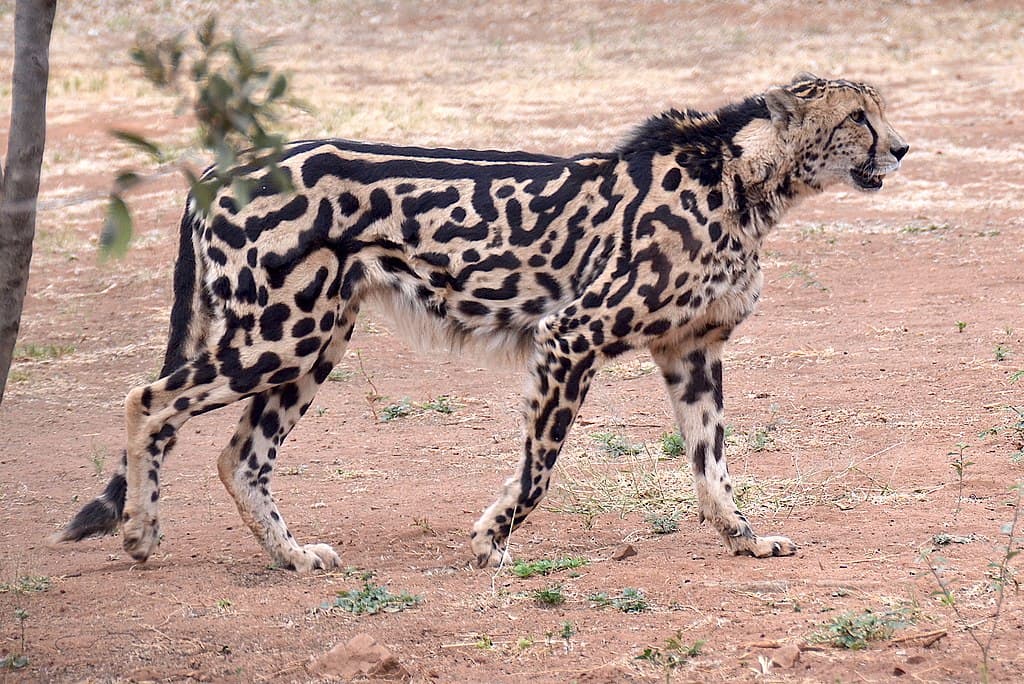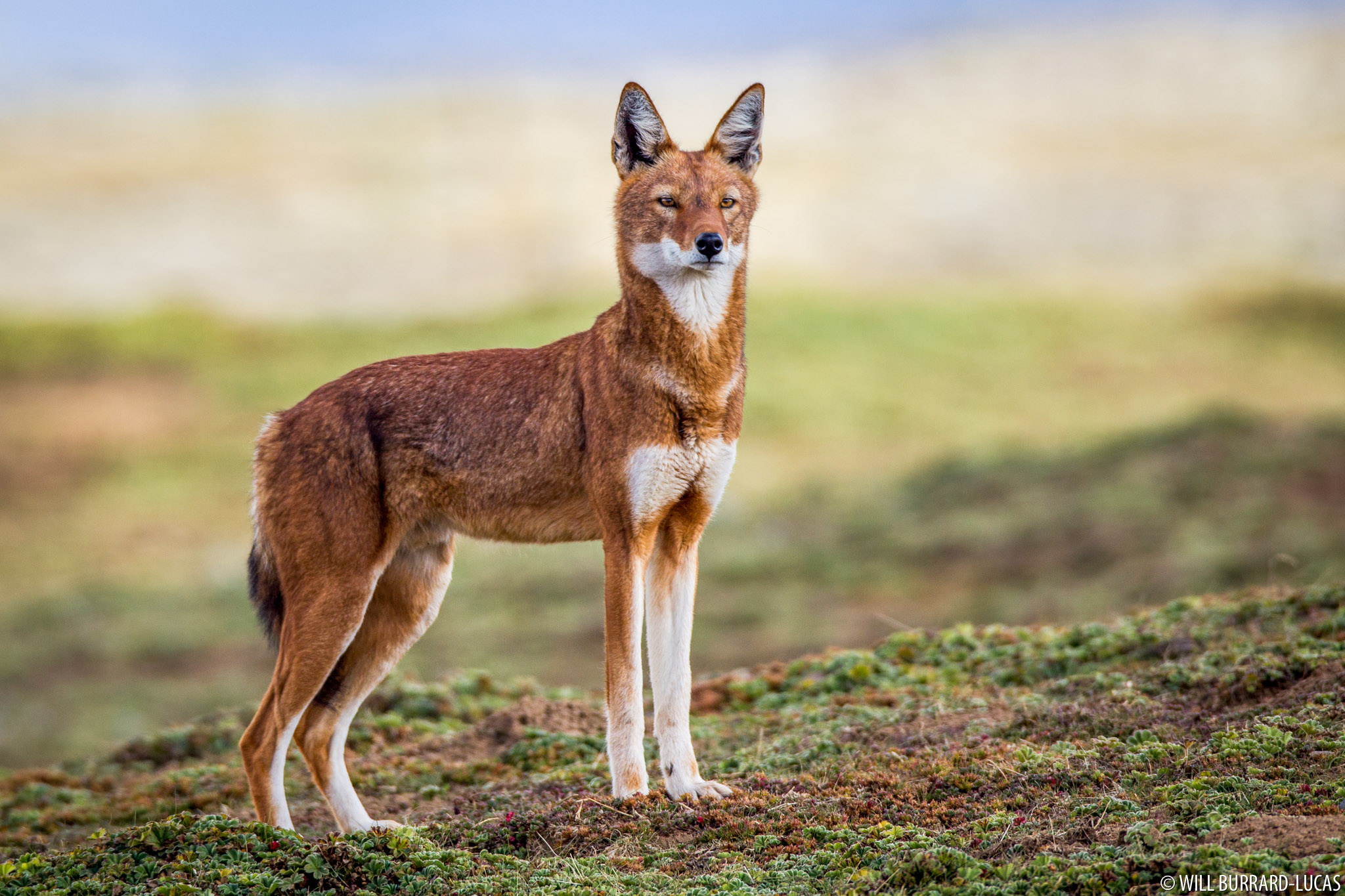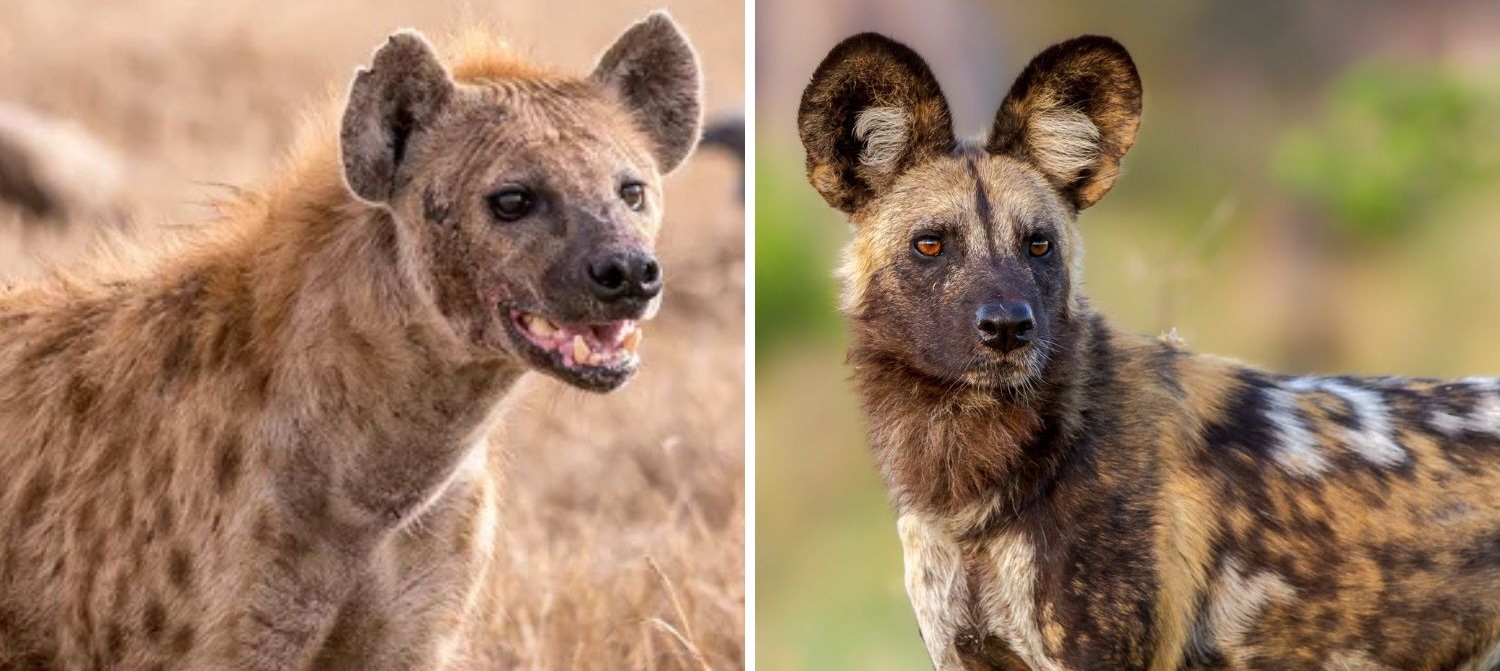
At first glance, hyenas and African painted dogs might seem like they belong to the same crew of wild canines. They both roam the African savanna in highly social packs, use teamwork to take down prey, and have reputations for being fierce hunters. But don’t let their shared habitat and social smarts fool you. They’re wildly different animals with unique traits, behaviors, and backstories.
Let’s break it down: hyena vs. painted dog, spot for spot.
Not Even in the Same Family
First off, hyenas are not dogs. They belong to their own biological family called Hyaenidae, and are actually more closely related to cats (and mongooses) than they are to canines.
African painted dogs, also called African wild dogs (Lycaon pictus), are true canines. They’re a separate species from domestic dogs and wolves, with their own genus and their own dramatic flair.
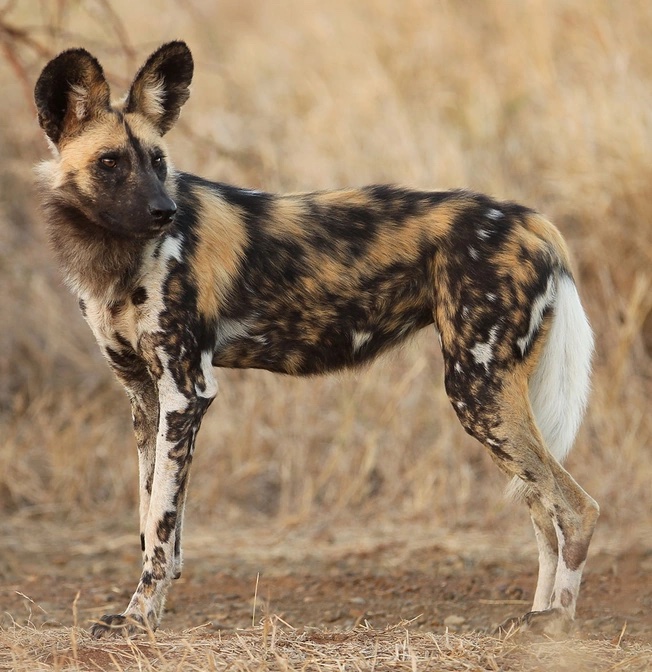
African Painted Dogs: The Fashion Icons of the Bush
Painted dogs earn their name from their unique, patchy coats of black, brown, yellow, and white. No two dogs have the same pattern, making them easy to tell apart if you’re a lucky safari-goer.
They’ve got long legs, big round ears (great for hearing and cooling off), and a lean build built for long-distance chases. Painted dogs are some of the most efficient hunters in Africa, with a success rate up to 80 percent – much higher than lions or hyenas.
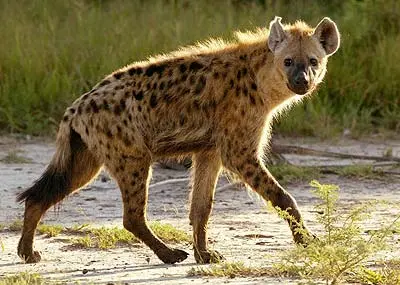
Hyenas: Not Just Scavengers
Hyenas, especially spotted hyenas, have a reputation for cackling and stealing kills. But here’s the twist: they’re excellent hunters too, often hunting in groups and taking down big prey like wildebeest.
Their bone-crushing jaws are no joke. Hyenas can digest nearly every part of an animal, including bones and hooves. Waste not, want not.
Fun fact: In a spotted hyena clan, females are in charge, and they’re bigger and tougher than the males. (Yes, the matriarchy is alive and well.)
Social Life and Hierarchy
Both species live in tight-knit social groups, but their styles differ:
- Hyenas live in large clans (sometimes over 80 individuals) with a strict dominance hierarchy, led by a high-ranking female.
- Painted dogs live in smaller packs, usually with a monogamous alpha pair who are the only ones to breed. The whole pack helps raise the pups.
In painted dog society, it’s all about cooperation. They feed pups first and even regurgitate food for sick or injured members.
Communication Skills
- Hyenas are vocal. They laugh, whoop, growl, and grunt to communicate.
- Painted dogs chirp, squeak, and twitter – almost like birds. It’s surprisingly cute for such powerful hunters.
Conservation Status
Here’s where things get serious.
- Painted dogs are endangered, with fewer than 6,000 left in the wild. Habitat loss, human conflict, and disease are major threats.
- Spotted hyenas are more stable, but still face threats from habitat encroachment and persecution.
Both animals play vital roles in the ecosystem, helping control herbivore populations and cleaning up carcasses.
Final Showdown: Who Wins?
Honestly? Nature wins when both of these fascinating predators thrive.
If you admire grit, adaptability, and misunderstood genius, you might root for the hyena.
If you love teamwork, loyalty, and wild fashion, the painted dog may be your favorite.
But either way, these incredible African carnivores deserve our respect – and our protection.
TL;DR: Quick Comparison
| Trait | Hyena (Spotted) | African Painted Dog |
|---|---|---|
| Family | Hyaenidae (closer to cats) | Canidae (true dog) |
| Group Size | Large clans, up to 80+ | Packs of 6–20 |
| Dominance | Female-led hierarchy | Alpha pair breeds, others help |
| Coat | Spotted brown/gray | Colorful blotches, unique per dog |
| Hunting | Powerful jaws, group hunters | Long-distance chasers, very efficient |
| Status | Least Concern | Endangered |
| Sound | Cackles and whoops | Chirps and twittering |
Have a favorite? Share this post and let us know on social media which one you’d want as your hypothetical safari sidekick and why.
Want to learn more about Africa’s most misunderstood predators? Stay tuned – we’ve got plenty of wild facts coming your way.
Disclaimer: This blog post is for edutainment purposes only and may not be entirely accurate.


